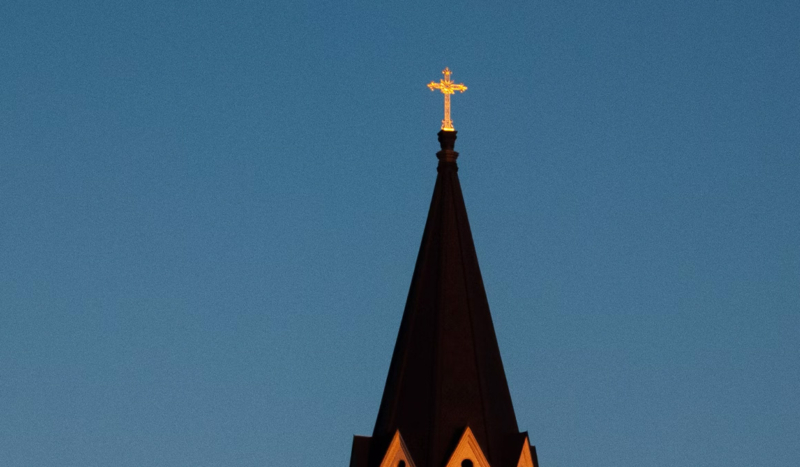
Nikita Kuzin / Unsplash
CV NEWS FEED // In response to rising secularism and internal challenges, the Diocese of Albany is launching a yearlong renewal initiative titled “Holy Year of Hope” and considering closing up to one-third of its churches, schools, and other buildings.
The initiative, as outlined in an April 8 letter from Bishop Edward Scharfenberger, aims to revitalize parish communities, strengthen evangelization, and realign resources with the Catholic Church’s mission.
“Our Diocese of Albany, in the heart of a secularized region, is faced with the challenge of reimagining its fundamental approach to spreading the Gospel of Jesus Christ,” the bishop wrote.
Set to launch on Pentecost Sunday, the initiative aims to provide tangible steps to establish long-term stability in the diocese.
Citing a steep decline in sacramental participation, clergy well-being, and volunteering, the bishop stated that the diocese possesses too many buildings and must prepare to realign or close up to a third of them.
“If we are to have a solid, long-term future, we cannot NOT act,” Bishop Scharfenberger said.
Bishop Scharfenberger’s letter also offers a spiritual call to arms.
“In this Holy Year of Hope, all of us must walk on this pilgrimage with Jesus Christ, trusting his guidance on building a stronger foundation for future generations, longing to bear active witness to his saving word,” the Bishop wrote.
The Holy Year of Hope focuses on spiritual conversion, mission clarity, and sustainable growth. The bishop challenged parishes to examine how the diocese’s resources and assets can fulfill the mission Christ has entrusted them with.
He drew on the biblical image of the Church as Christ’s beloved spouse entrusted to the faithful and urged all the baptized to take ownership of the Church’s future.
“This is our moment, a call to action!” he wrote. “It requires sacrifice and a commitment to listen in a synodal way, working together as the one Body of Christ.”
Bishop Scharfenberger also emphasized the importance of including young people, the poor, persons with disabilities, and the marginalized in the discernment process because their challenges “will help us stay focused on the healing and redemptive mission of Christ.”
Over the coming weeks, diocesan leaders will begin unveiling the specific steps of the renewal plan, which will include evaluations of each parish’s mission viability, sacramental life, and resource stewardship. Closures and repurposing of buildings are expected, but Bishop Scharfenberger stated that this is not the initiative’s primary aim.
“This is a process to focus each parish on its mission as the Church,” he said.
The bishop added that the new initiative was distinct from previous restructuring efforts.
“This will not be another ‘Called to be Church,’ which served other needs in another time,” he said. “So much has changed for our people whose care and well-being we are responsible for.”
The letter closed with a prayerful encouragement for the faithful as they enter Holy Week and Easter and optimistic remarks about the fruits of the initiative.
He wrote, “We have every reason to be confident that the graces yet to unfold throughout and beyond this Holy Year of Hope will reveal that our best days are yet to come.”

